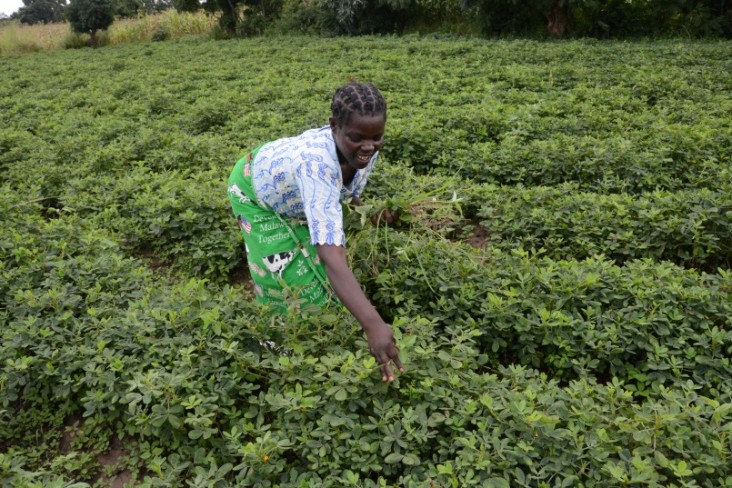
Feed the Future in Malawi helps smallholder farmers improve their productivity and incomes.
Recurring droughts afflict Malawi’s agriculture sector, threatening the livelihoods of Malawi’s smallholder farmers, who constitute 80 percent of Malawi’s population. Thirty-eight percent of Malawians live below the poverty line and stunting rates among children are one of the highest in Africa -- affecting 42 percent of children.
To address food insecurity and spur agriculture-led growth, the government of Malawi continues to review and implement its overarching development policies and strategies, including the National Nutrition Policy and Strategic Plan; Malawi Growth & Development Strategy; and the Agriculture Sector-Wide Approach.
Recently the government of Malawi has approved two policies: the National Agriculture Policy and the Climate Change Policy which will help adapt Malawian agriculture to changing dynamics. In recent years, Malawi has met its Comprehensive Africa Agriculture Development Program (CAADP) targets for budgetary allocations to agriculture and agriculture sector growth rates, committing at least 10 percent of its budget to agriculture and exceeding the annual agriculture sector growth rate of 6 percent.
The Feed the Future Multi-Year Strategy for Malawi is closely aligned with the government’s national plans. Through Feed the Future, USAID is coordinating with the Malawian government to:
- Develop and implement enabling agricultural policies;
- Improve nutrition through behavior change; and
- Invest in high value crops like grain legumes and orange-fleshed sweet potatoes that have the potential to contribute to increased incomes and a diversified diet with improved protein and vitamin intake, which can lead to reduced stunting and improved nutritional outcomes for women and children.
Through Feed the Future, USAID’s investments will be concentrated in ten districts across central and southern Malawi focusing on reduction of poverty and under nutrition.
To date, over 260,000 households in Lilongwe, Mchinji, Dedza, Ntcheu, Balaka, Machinga and Mangochi have benefited from Feed the Future interventions. For example, over 33 percent and 17 percent of total soy and groundnut producers in the target districts, respectively, are applying productivity enhancing technologies such as use of high quality improved seed, use of soy bean inoculant and double row planting. Use of improved post-harvest handling technologies and aggregation of produce and group marketing have helped farmers increase access to markets.
More than 147,000 children have been reached through community-based care group activities that provide women with nutrition and health-related education. Feed the Future training and technical assistance has increased farmers’ productivity, incomes and access to markets and financial services. Accelerating private sector and local institutional capacity development for long-term agricultural development and resilience to climate change effects will continue to be a priority.








Comment
Make a general inquiry or suggest an improvement.